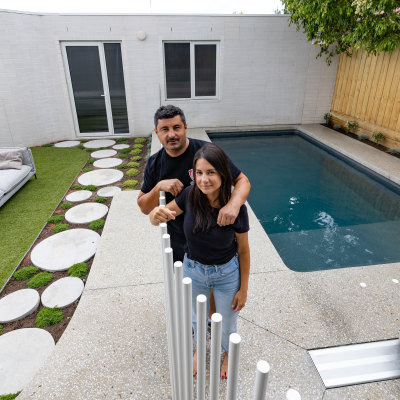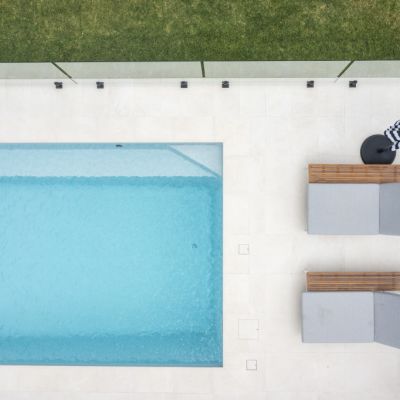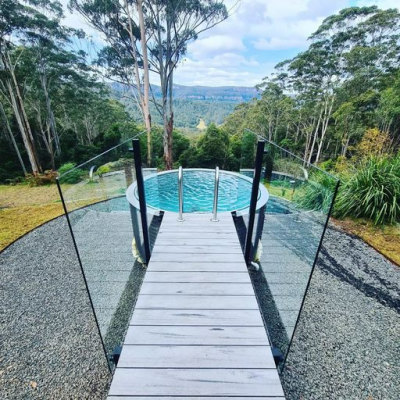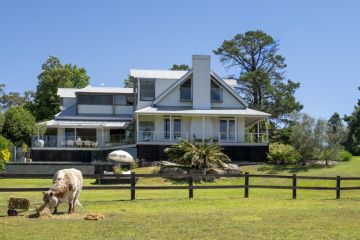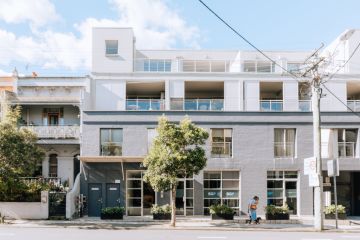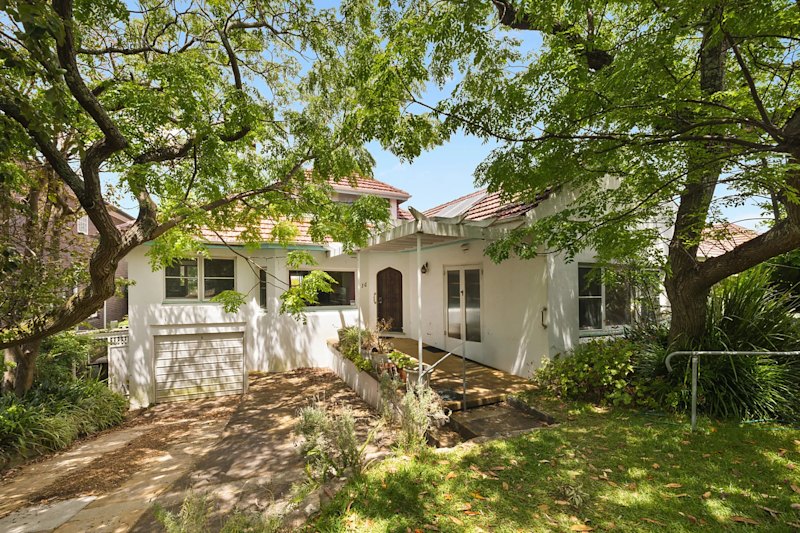More flexibility, lower costs: Why above-ground pools are seeing a resurgence

A swimming pool provides sunny holiday vibes all year round and makes a refreshing design splash, adding luxury, calmness and style to your home.
While traditional in-ground pools have dominated gardens and al fresco areas for years, the above-ground variety is making waves.
“Flexibility of design, lower costs and visual appeal are seeing a resurgence of the above-ground pool,” says Matt Kennedy, director at Arcke, a Queensland architecture practice that works on sustainable residential projects. “… as a dynamic focal point, an above-ground pool enhances a sense of drama.”
Before you dive into your home’s hottest asset, here’s what you need to know about installing an above-ground pool.
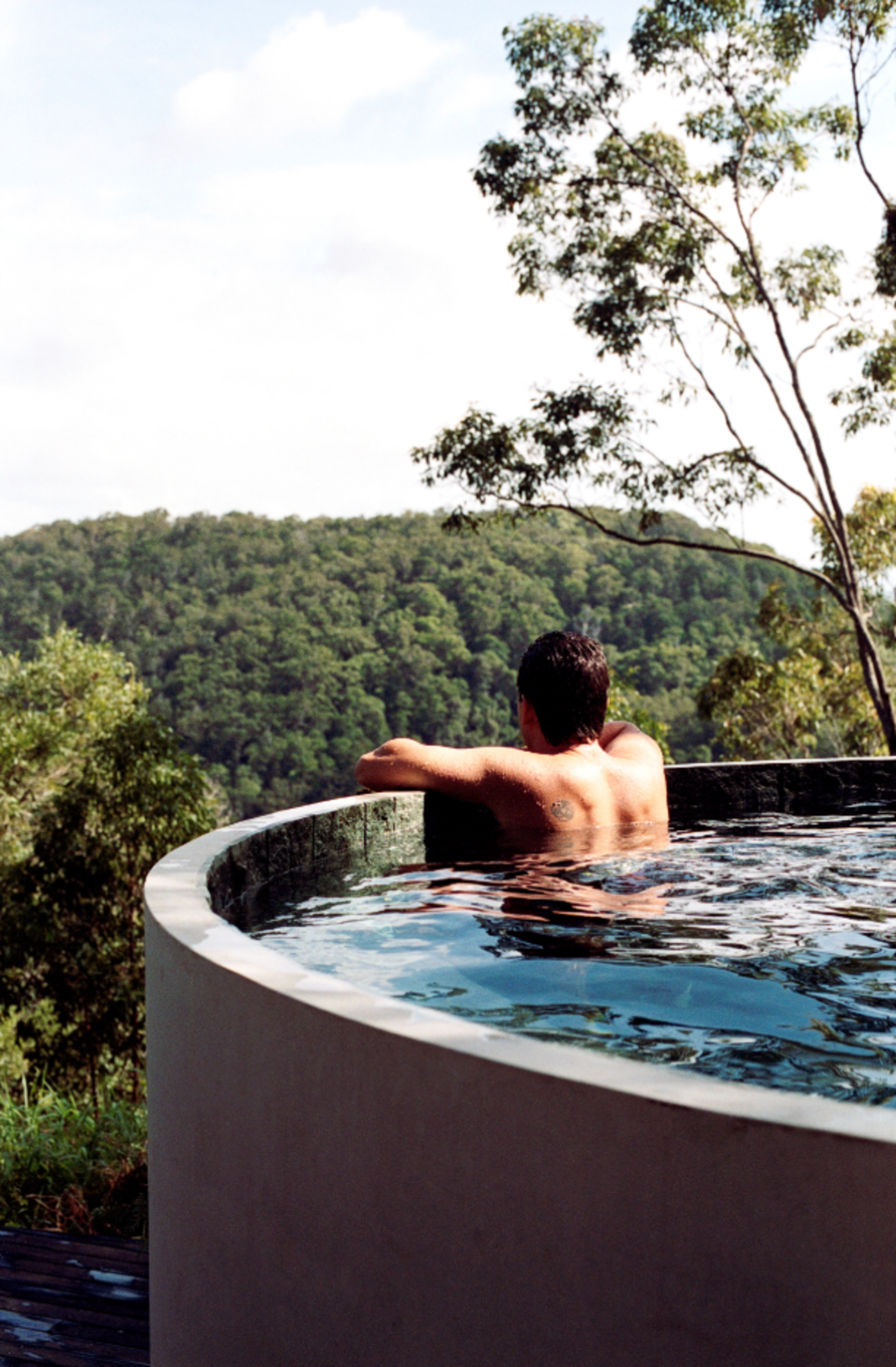
Construction and compliance
With Australia’s pool compliance rules among the toughest in the world, above-ground pools offer more versatility and flexibility, says Mint Landscape Design designer and director Darin Bradbury.
“Our compliance rules require a 1.2-metre-high barrier around the pool on all sides [1.8 metres high on boundaries] and can be either restrictive for access or undesirable aesthetically,” he says.
“Raising the pool from the ground by 1.2 metres can eliminate the need for a fence, allowing designers to connect people with the water, making the pool more inviting and a feature of your home.”
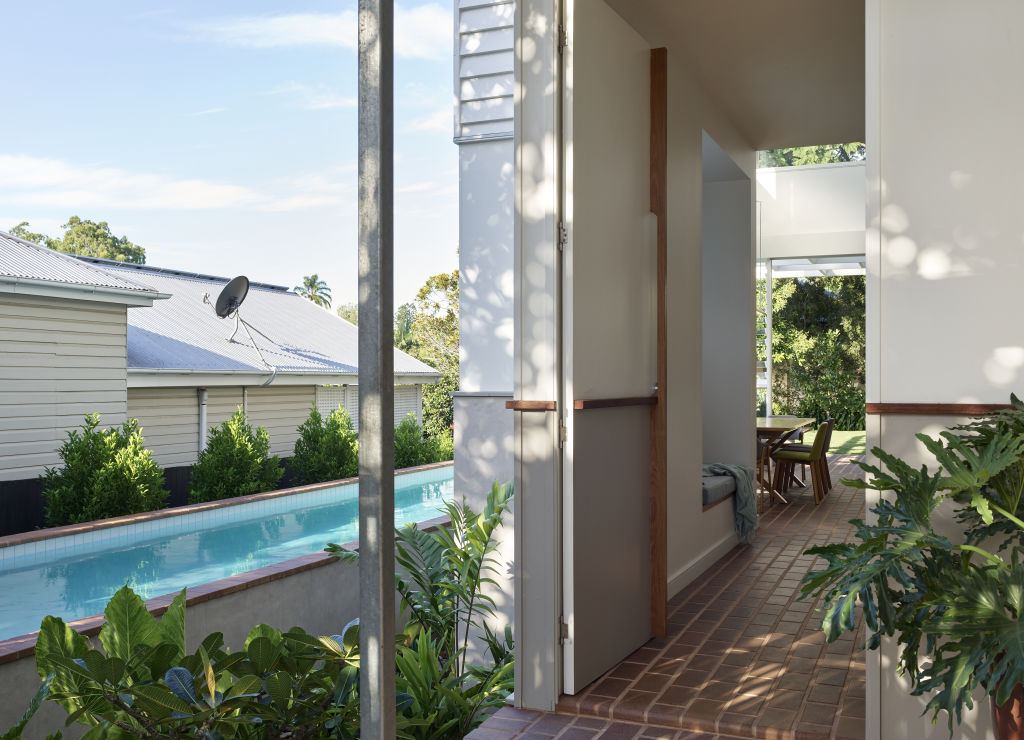
Construction of a typical in-ground pool can include excavation, vegetation removal, the building of retaining walls, and the use of large amounts of concrete, whereas an above-ground pool is less invasive and has minimal environmental impact.
With smaller prefabricated concrete models brought in by truck or crane, designers can be inspired by existing topography and vegetation rather than removing it.
“Excavation is a big consideration as changing the natural ground level with retaining walls and additional concrete is costly and time-consuming,” Kennedy says.
“Saving space is another pragmatic feature that does not require removing trees or a garden, and proper pool placement can create a micro-climate that fosters cool air movement.”

Landscaping
By eliminating the need for a pool fence, an above-ground pool can be brought closer to the house, seamlessly integrating it with the home’s main living areas.
“We consider landscape first, thinking of the pool as part of a natural garden design rather than in isolation,” Kennedy says.
“Plant selection is important as they need to be tolerant to chemicals, and allowance needs to be made for planting depth and width of garden beds so that non-climbable plants can thrive. Good horticultural advice is a must.”
Make it your own
While in-ground pools are constructed from fibreglass, concrete and vinyl liner, above-ground pools allow creativity in the choice of building materials and make a statement all of their own.
“A pool can have contemporary attributes when designed next to a period or traditional home,” Bradbury says, adding that infinity-edged pools continue to be popular.
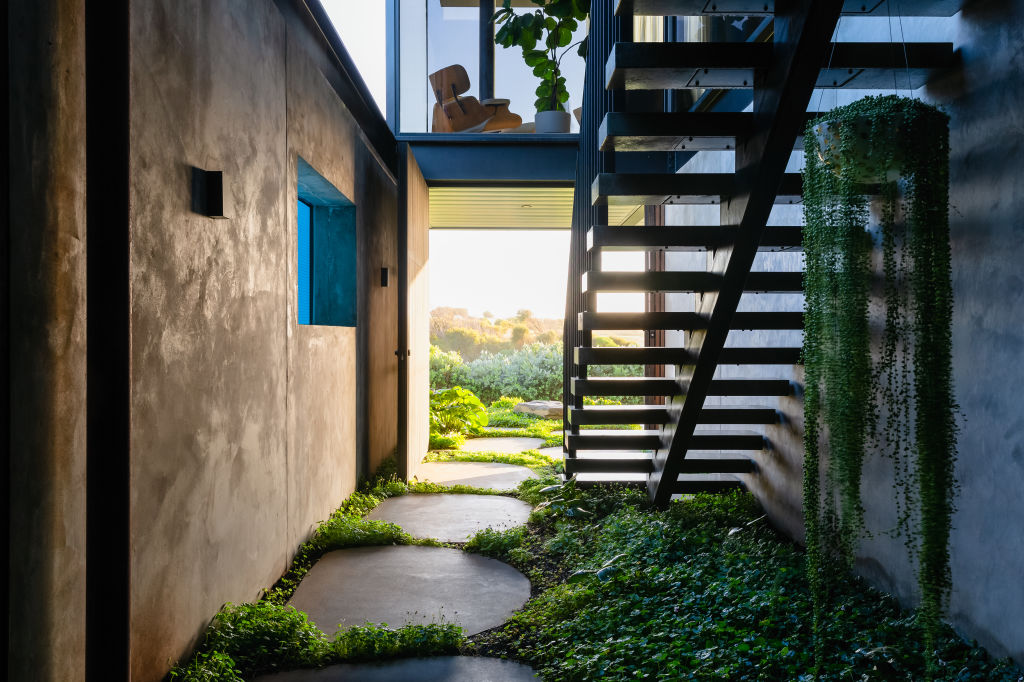
“We introduce a negative edge to the front of the pool, which makes it a real drawcard.
“Designers are using stone-look porcelain tiles or, if there’s no negative edge, natural stone paving. It is more expensive to construct, but people love its look and functionality.”
Other trends include industrial shipping containers, acrylic windows, prefab round concrete pools (originally manufactured as in-ground septic tanks), and off-form concrete rectangular pools built on-site.
Drop-in pools like the Plungie, a precast concrete plunge pool, are especially popular.
“They’re great where you only require a small pool,” Bradbury says. “They are less flexible in shape and size, but a good option where a site has good access.”
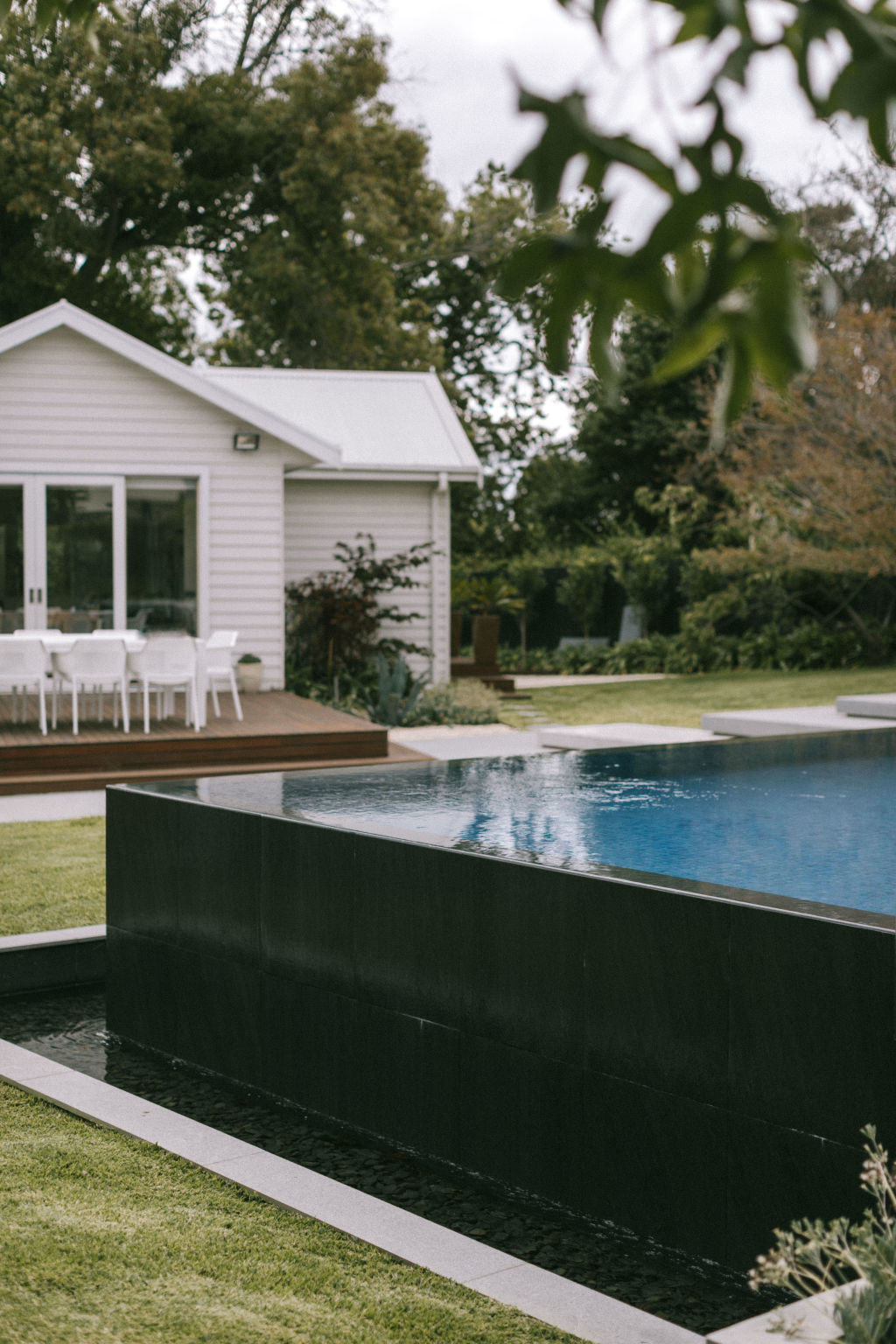
Where space permits, a pool’s size is determined largely by its function, whether it is for family use, swimming laps, cooling off or entertaining.
“If there are kids using the pool, I recommend a pool ideally 4 metres in width,” Bradbury says. “Seven to 9 metres is good for a standard four to five-person family, and 12.5 metres is the minimum for lap swimming.”
Round, organic-shaped pools are practical for most sites, while rectangular forms are conducive to exercise and entertaining.
“Often, the pool’s form is driven by the location and integration of the pool,” Kennedy says.
Unlike in-ground pools commonly surrounded by hard concrete and pavers, above-ground pools can be constructed by natural materials and enveloped in greenery.
“If you are interested in biophilic design, they are a great option,” Kennedy adds.
We recommend
We thought you might like
States
Capital Cities
Capital Cities - Rentals
Popular Areas
Allhomes
More
- © 2025, CoStar Group Inc.
